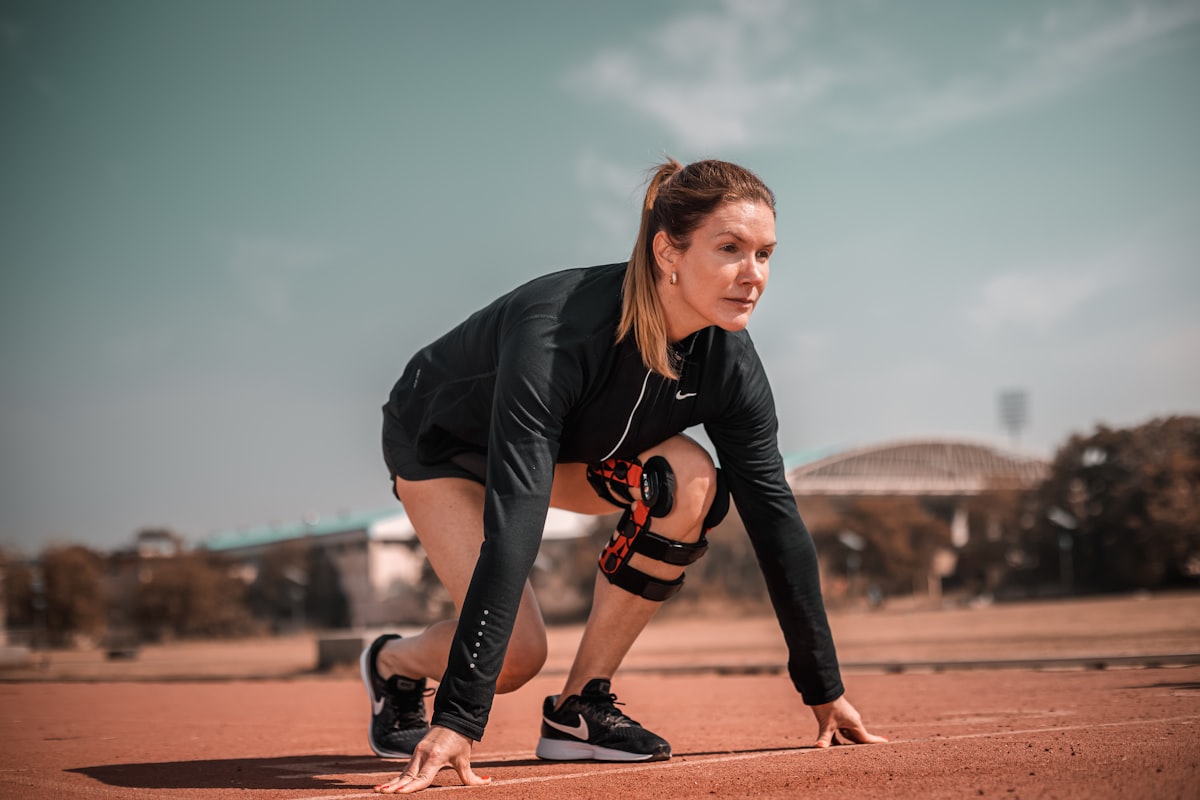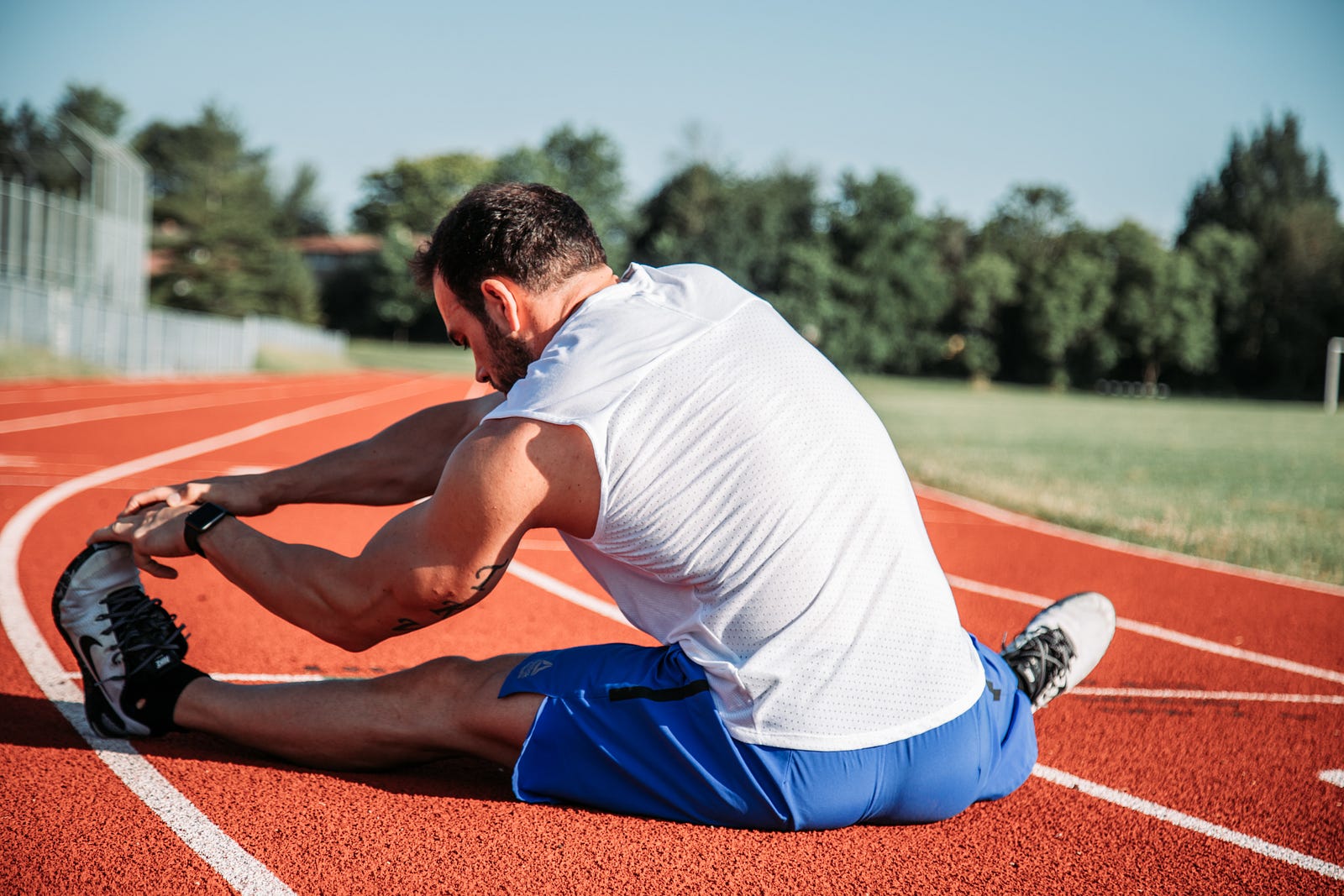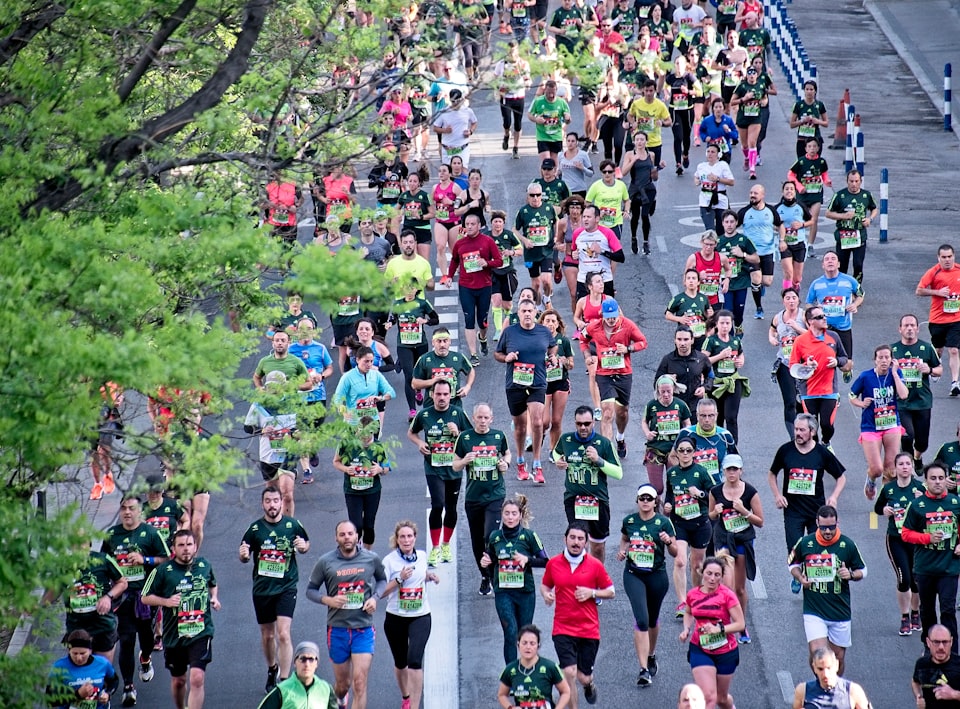Runners Knee: What Is It and How Do You Prevent it?

Up to 70% of runners experience some kind of injury

Did you know that 40% of running injuries are knee related? Up to 60–70% of runners experience some kind of injuries that prevent or stop them from running.
Running and injuries don’t have to be mutually exclusive. If you’re an experienced runner or someone who is starting out, you have probably heard of runners knee.
Runners knee or patellofemoral pain syndrome, is a common condition that is experienced by many runners. The common pain complaint from runners is a dull, aching pain with slight swelling and tenderness around the kneecap. Many runners and especially track athletes will ignore this pain until it ultimately gets to the point where they no longer can perform.
There are a variety of ways to prevent runners knee but if you are starting to feel strain on your knee, there are some tactics to help.

What Are The Causes?
Runners knee is when the patella tendon on the knee is continually over strained and you begin to experience pain in the front of your knee.
Poor form: Running with poor form can be bad for your knees. Many runners out there are heel strikers when they run and it causes them to have more strain on their knees.
When you are running, you want to land on your forefoot with your feet underneath your hips. If you are landing with your heel in front of you, you are losing the natural arch of your foot from breaking the force of your leg hitting pavement.
Be careful if you decide to change your running technique. Trying to change your gait and stride can lead to unintended consequences down the road. You may end up straining underdeveloped muscles from the years of your previous gait.
Ramping up training too much can also add to the injury risks. Training up too many miles to soon can be another cause of runners knee. If you are changing your gait and stride, taper back your miles a little bit to ease back into it. Once it becomes comfortable, start adding back your miles by about 10% a week.

What are Preventions?
If you want to prevent runners knee, first focus on your form with running. If you are experiencing it already, maybe take a little bit of a break. Joint tissues take much longer to heal than muscular tissues so you may have to be patient with it.
Strength training is another way of prevention. When you strengthen the muscles in your legs, you are also strengthening the joints around the muscles. This will help your joints take off some of the burden that they may face with the impact of running.
If you do try to tweak your running form to become a forefoot striker, be aware that this may add some load onto your ankles and calves. It may not be as extreme as starting to run with barefoot shoes but it’s always best to be cautious. Changing up your form and running the same mileage that you used to could be a recipe for another injury.
Instead, go out and run about 1/2 the amount of mileage that you would normally do it for the week and then calibrate how you are feeling.
Changing muscle memory is hard and can feel awkward. I’m fortunate enough to have grown up in sports with a lot of sprinting and fast movements, so a forefoot strike has always come natural to me.
How Do You Recover
Taking time off may have to happen to prevent it from getting worse. Recovering from a knee injury is no easy task. If you do experience runners knee and want to stay in shape, jump on a bike to make sure that you’re lowering the impact on the knee.
If you continue to run through it, you also run the risk of hurting your other knee or joints. When we have a nagging injury, we tend to overcompensate onto another side.
If you are recovering, do some low impact strength exercises. Working out the hamstrings can be a great way to balance the muscles back out and keep the knee muscle strong. In my opinion, the hamstrings are the most underrated muscles in the legs. Everyone loves big quads and glutes but the hamstrings can drive a lot of our power and help give us that extra kick when we need it.
Injuries are not fun. If and when we get injured, it is often looked at as lost time that we have to wait on to get better.
If you are injured, use this as a time to gain strength in other areas that you were weak in. Use that time block that you used to run to do some extra core exercises or low impact leg exercises. This is the only way that you will be as ready as possible to hit the road again once your injury heals up.
The information I provided in this blog is for educational purposes only and does not substitute for professional medical advice. Please consult a medical professional or healthcare provider if you seek medical advice, diagnoses, or treatment. I am not liable for risks or issues associated with using or acting upon the information in this blog.




